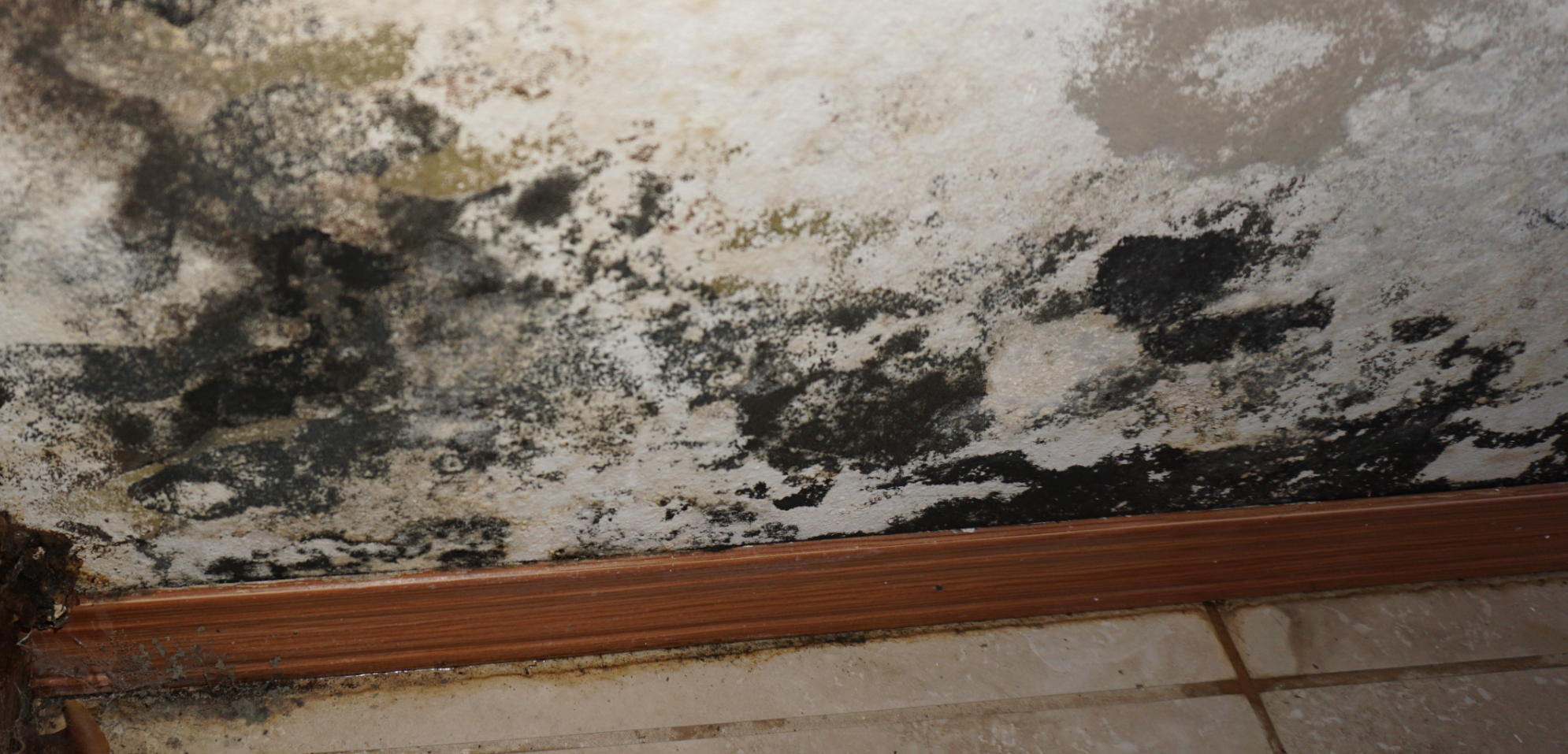
Air Quality | Mold | Meth | Radon | VOCs
While there is little regulation of the mold remediation industry in the U.S., keep in mind that there are standards that are based on solid science and are recommended, but they are not required. Many mold professionals say they use these standards, however, it’s important to know these procedural standards before hiring a mold remediation contractor. We find most Mold remediation / Water Restoration companies in Bellevue, WA area don't follow any standards and don't e ven have a scope of work in place.
ven have a scope of work in place.
Here’s more on that standard, including new changes that are worthwhile to know.
Decay requires:
Wood moisture levels above 20-30% are considered conducive to wood fungal rot. Damaged wood typically will need to be replaced. Ultimately the source of moisture must be eliminated even if all of the fungal organisms cannot be eliminated.
Common types of wood decay in buildings:
There are other things associated with wood decay such as mold. Although mold doesn't require moisture levels to be at the levels of decay it still can cause serious repair expenses and health issues.
This is a concern for Attic moisture. Common issues with roof sheathing are wood rot due to poor building air sealing which contributes to condensation in colder months allowing the roof sheathing to reach dew point and cause mold.
What to ask the Mold Company: